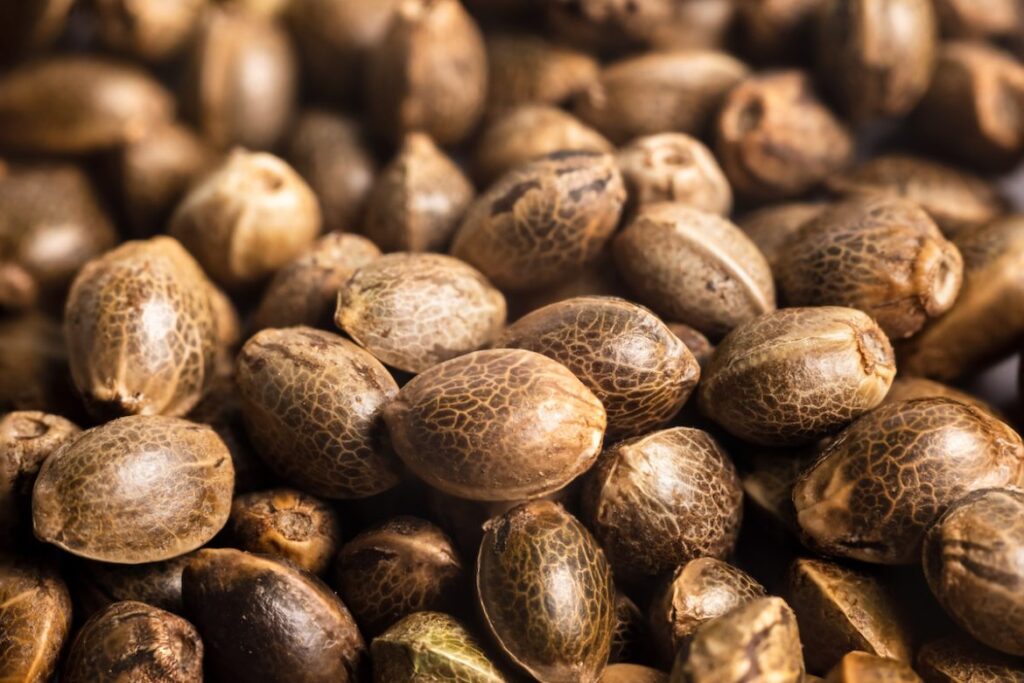Introduction:
For cannabis enthusiasts and cultivators, the acquisition of high-quality seeds is just the beginning of a rewarding journey. Whether you’re stockpiling genetics for future grows or safeguarding prized varieties for posterity, proper seed storage is crucial for maintaining viability and potency over the long term. In this comprehensive guide, we’ll explore effective techniques and best practices for preserving cannabis seeds, ensuring that they remain viable and ready for germination whenever the time comes.
Understanding Seed Viability:
Before delving into storage methods, it’s essential to understand the factors that influence seed viability. Cannabis seeds are living organisms with the potential to germinate and develop into healthy plants under favorable conditions. However, their viability can diminish over time due to factors such as moisture, light, temperature, and oxygen exposure. By minimizing these detrimental influences and creating optimal storage conditions, growers can prolong the shelf life of their seeds and maximize germination rates when the time comes to plant.

Choosing Suitable Containers:
Selecting the right containers is the first step in proper seed storage. Ideally, containers should be airtight, lightproof, and moisture-resistant to protect seeds from environmental degradation. Glass jars or vials with rubber seals are excellent choices, as they provide an effective barrier against moisture and oxygen infiltration. Additionally, opaque or tinted containers prevent light exposure, which can degrade seed quality over time. Avoid plastic bags or containers, as they may not provide adequate protection against moisture and can promote mold growth.
Maintaining Optimal Conditions:
Creating and maintaining optimal storage conditions is crucial for preserving seed viability. The ideal environment for long-term seed storage is cool, dark, and dry. Aim for a temperature range of 35-45°F (1.5-7°C) to prevent premature aging and degradation. Additionally, humidity levels should be kept low, ideally between 20-30%, to minimize the risk of mold and mildew formation. Investing in a hygrometer can help monitor humidity levels accurately. Store seeds in a dark, cool location away from direct sunlight and temperature fluctuations, such as a refrigerator or freezer.
Using Desiccants:
Desiccants are substances used to absorb excess moisture and maintain dry conditions within seed storage containers. Silica gel packets are commonly used desiccants that effectively control humidity levels and prevent mold growth. Place a few silica gel packets inside seed storage containers to absorb any residual moisture and maintain optimal humidity levels. Be sure to replace desiccant packets periodically, as they may become saturated over time and lose their effectiveness.
Preventing Contamination:
Contamination can compromise seed viability and lead to poor germination rates. To prevent contamination, ensure that seeds are completely dry before storage to minimize the risk of mold growth. Avoid touching seeds with bare hands, as oils and contaminants from skin can adhere to the seed surface and promote decay. Use clean, sterilized tweezers or gloves when handling seeds to minimize the risk of contamination. Additionally, avoid storing seeds near sources of potential contamination, such as chemicals, pesticides, or food items.
Labeling and Organization:
Proper labeling and organization are essential for easy identification and retrieval of stored seeds. Clearly label storage containers with pertinent information, including strain name, date of acquisition, and any other relevant details. Organize seeds by strain or genetic lineage to streamline the selection process when it comes time to plant. Maintaining a detailed inventory or catalog of stored seeds can also help track seed viability and ensure proper rotation to use older seeds first.
Regular Inspection and Rotation:
Regular inspection and rotation of stored seeds are necessary to monitor seed viability and prevent deterioration. Periodically check stored seeds for signs of mold, discoloration, or damage, and discard any seeds that show signs of decay. Additionally, rotate stored seeds periodically to ensure uniform exposure to optimal storage conditions. Use older seeds first, as they may have reduced viability compared to freshly harvested seeds. By regularly inspecting and rotating stored seeds, growers can maximize germination rates and maintain a healthy seed bank for future grows.
Read Also : The Importance of Cannabis Seed Soil Preparation
Conclusion:
Proper seed storage is essential for preserving the viability and potency of cannabis seeds over the long term. By choosing suitable containers, maintaining optimal conditions, using desiccants, preventing contamination, labeling and organizing seeds, and regularly inspecting and rotating stored seeds, growers can ensure that their seed bank remains healthy and viable for years to come. With careful attention to detail and adherence to best practices, growers can safeguard their prized genetics and enjoy successful germination whenever the time comes to plant.
